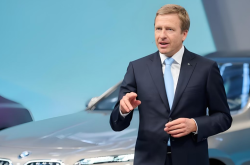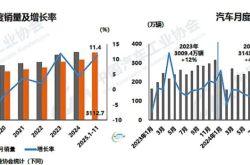Crazy intelligent driving: Applying the Brakes
![]() 05/09 2025
05/09 2025
![]() 645
645
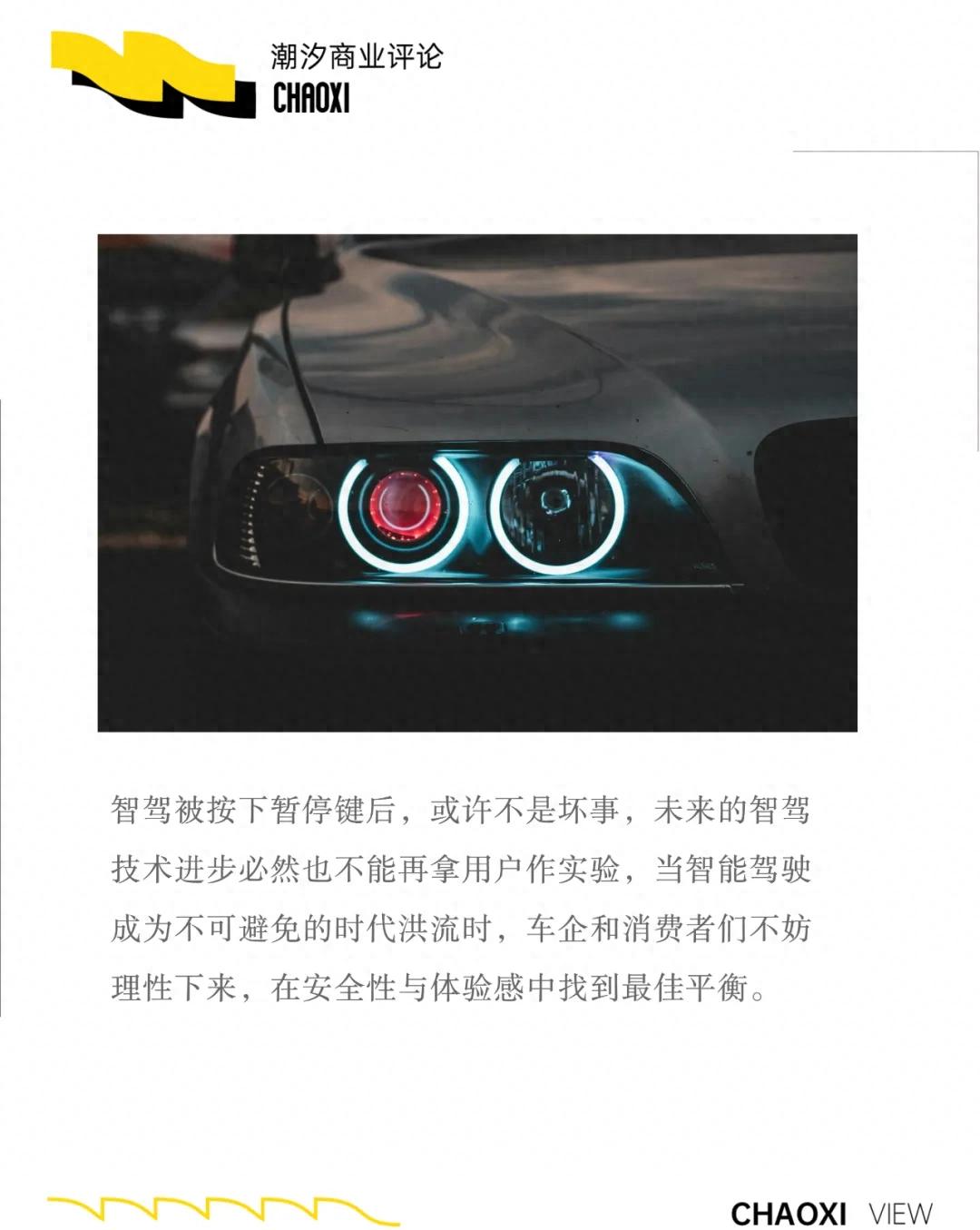
【Tide Business Review/Original】
The overheated realm of intelligent driving has officially entered a period of sobriety!
Even at the official launch of Huawei's ADS 4 advanced intelligent driving system on April 22, industry leaders' technological remarks were markedly low-key. This aligns with the Ministry of Industry and Information Technology's recent clear directive that "automobile manufacturers must refrain from exaggerated and false promotion."
'As you are all aware, our industry is currently confronted with several challenges and issues.' On April 18, Yu Kai, founder and CEO of Horizon Robotics, also sounded the prelude to a shift in values within China's automotive industry.
Previously, autonomous driving had been tarnished by manufacturers, with claims of 'defeating, maxing out, no need for manual control, can sleep while driving...' pervading ubiquitous product promotions.
After years of frenzy, a turning point has only recently emerged.
Since late March, a wave of public opinion regarding intelligent driving technology in China's new energy vehicles has swept through the entire automotive industry. Despite its crucial role in the development of connected new energy vehicles, autonomous driving protection has ultimately been put on a 'temporary pause button' due to the ultimate requirement of not using users as guinea pigs.
However, as one of the potential directions for technological innovation, autonomous driving should still be encouraged for development. Just under the guiding principle of respecting life, the industry and car companies need to ponder: What does the 'all-around' intelligent driving of the future truly entail?
01 Multiple Parties Apply the Brakes on Intelligent Driving
Since the Xiaomi SU7 incident, the intelligent driving technology of new energy vehicles has begun to fully revert to the concept of 'safety first', originally competing on parameters and slogans. In the future, the term 'assisted driving' may start frequently replacing 'autonomous driving' in car company press conferences and product promotions.
This phenomenon is not an isolated case. Car companies seem to have tacitly reached a consensus. Li Auto was the first to step forward, appealing to the industry to localize and popularize the terminology for autonomous driving and emphasizing that such measures are beneficial to the long-term development of users, the industry, and enterprises.
Coincidentally, during the unveiling of AITO's new car on April 20, 2025, Jin Yuzhi, CEO of Huawei's Intelligent Automobile Solutions BU, even specifically emphasized when introducing Qiankun Intelligent Driving, 'The features I'm about to discuss all fall under the category of driving assistance, which is L2, not L3 autonomous driving, and will not exceed the standard.'
Wei Jianjun of Great Wall was more blunt in criticizing the current industry's blind pursuit of the 'intelligent driving equality' technology and marketing concept. He stated, 'Great Wall has always adhered to 'human-machine co-driving'. Your hands cannot leave the steering wheel. We also dare not shout slogans like 'intelligent driving equality'. I don't have the mental fortitude to say that.'
In fact, there are far more manufacturers who have pressed the emergency pause button on autonomous driving.
It is reported that at the 'Extreme Intelligence Long Test' evaluation technology seminar hosted by China Automotive Technology & Research Center in mid-April, China Automotive Technology & Research Center, along with over 40 enterprises including FAW, Changan, BYD, Thalys, Toyota, Volkswagen, Chery, Geely, NIO, GAC, Li Auto, IM Motors, Huawei, Horizon Robotics, Tongji University, etc., jointly released five industry initiatives: 'unifying the minimum safety requirements for L2 intelligent driving', 'strengthening driving monitoring and reminder intervention', 'establishing open and transparent evaluation criteria', 'regulating market promotion and user training', and 'promoting data sharing and iteration mechanisms'.
These actions seem to indicate that the industry has reached a basic consensus on regulating intelligent driving safety interventions. However, the most direct and severe requirements still stem from the regulatory level.
On April 16, the First Department of Equipment Industry of the Ministry of Industry and Information Technology released an announcement titled 'The First Department of Equipment Industry Holds a Meeting to Promote Product Access and Software Online Upgrade Management for Intelligent and Connected Vehicles' on the official website of the Ministry of Industry and Information Technology.
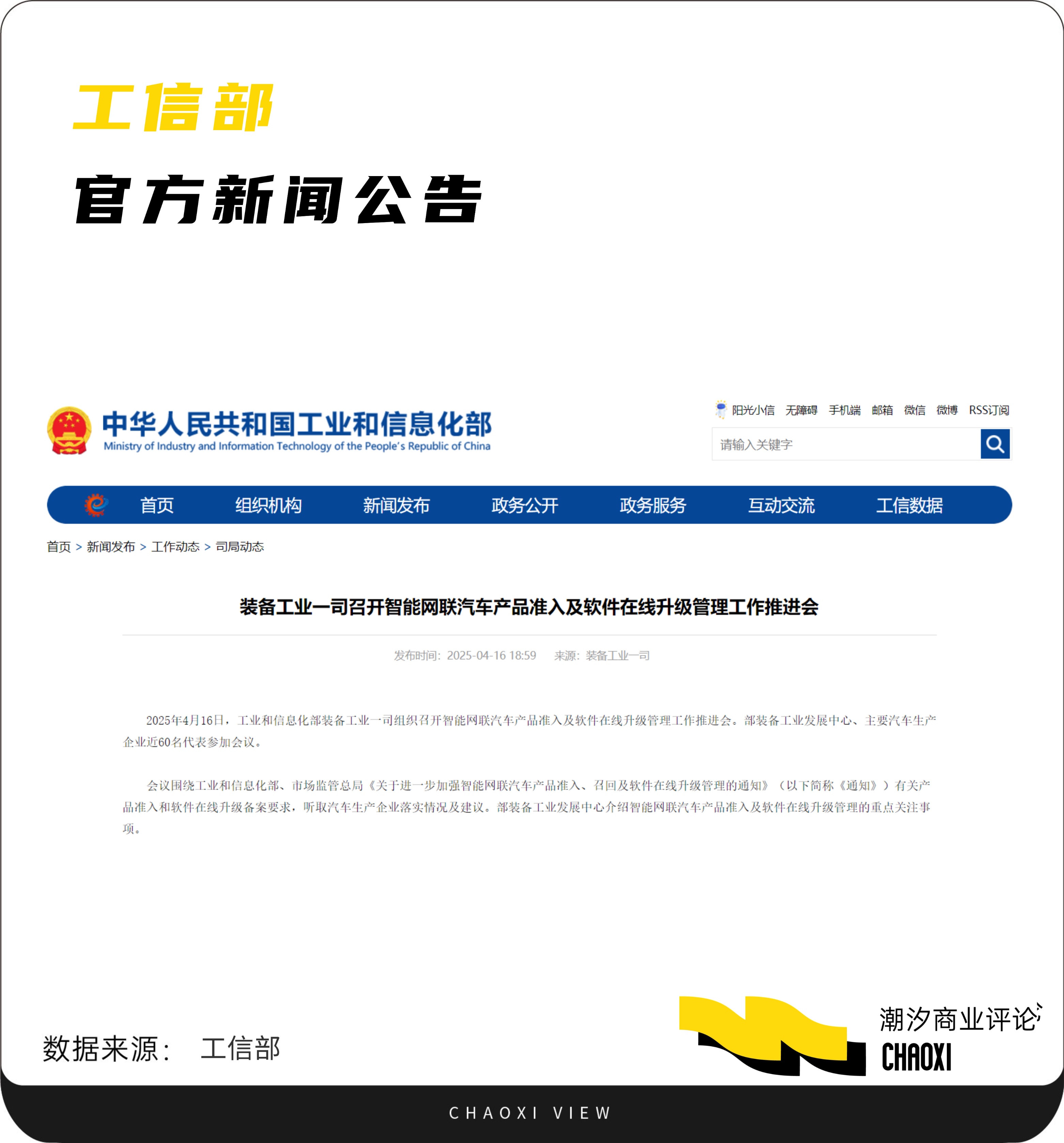
The announcement clearly states in the final paragraph: 'Automobile manufacturers need to clarify the system's functional boundaries and safety response measures, refrain from exaggerated and false promotion, strictly fulfill the obligation to inform, earnestly shoulder the main responsibility for production consistency and quality and safety, and effectively improve the safety level of intelligent and connected vehicles.'
It also standardized the use of terms such as 'takeover', 'autonomous driving', 'intelligent driving', 'advanced intelligent driving', as well as the communication of functions in various scenarios.
From enterprises to the industry and then to regulatory authorities, multiple parties have applied the brakes on intelligent driving for China's new energy vehicles. Tracing its roots, the wave of public opinion is merely the surface, and the deepest problem lies in the imbalance of industry technology development.
02 A Mad Rush, with Marketing Ahead of Cognition
The shift from collective marketing to collective reflection on intelligent driving among car companies hides a deeper issue.
China's autonomous driving technology entered a rapid development stage after 2010. After 2020, with the penetration of artificial intelligence technology in the field of new energy vehicles, autonomous driving entered a deepening stage of scenario application.
Major car companies have also increased their investment in research and development of intelligent driving technology and conducted tests of demonstration projects in multiple locations, moving towards commercialization. Against this backdrop, the market size of the autonomous driving industry has also soared. According to data from the China Chamber of Commerce Industry Research Institute, China's unmanned driving market size was approximately 330.1 billion yuan in 2023, with a year-on-year increase of 14.1%, and it is expected to reach 383.2 billion yuan in 2024.
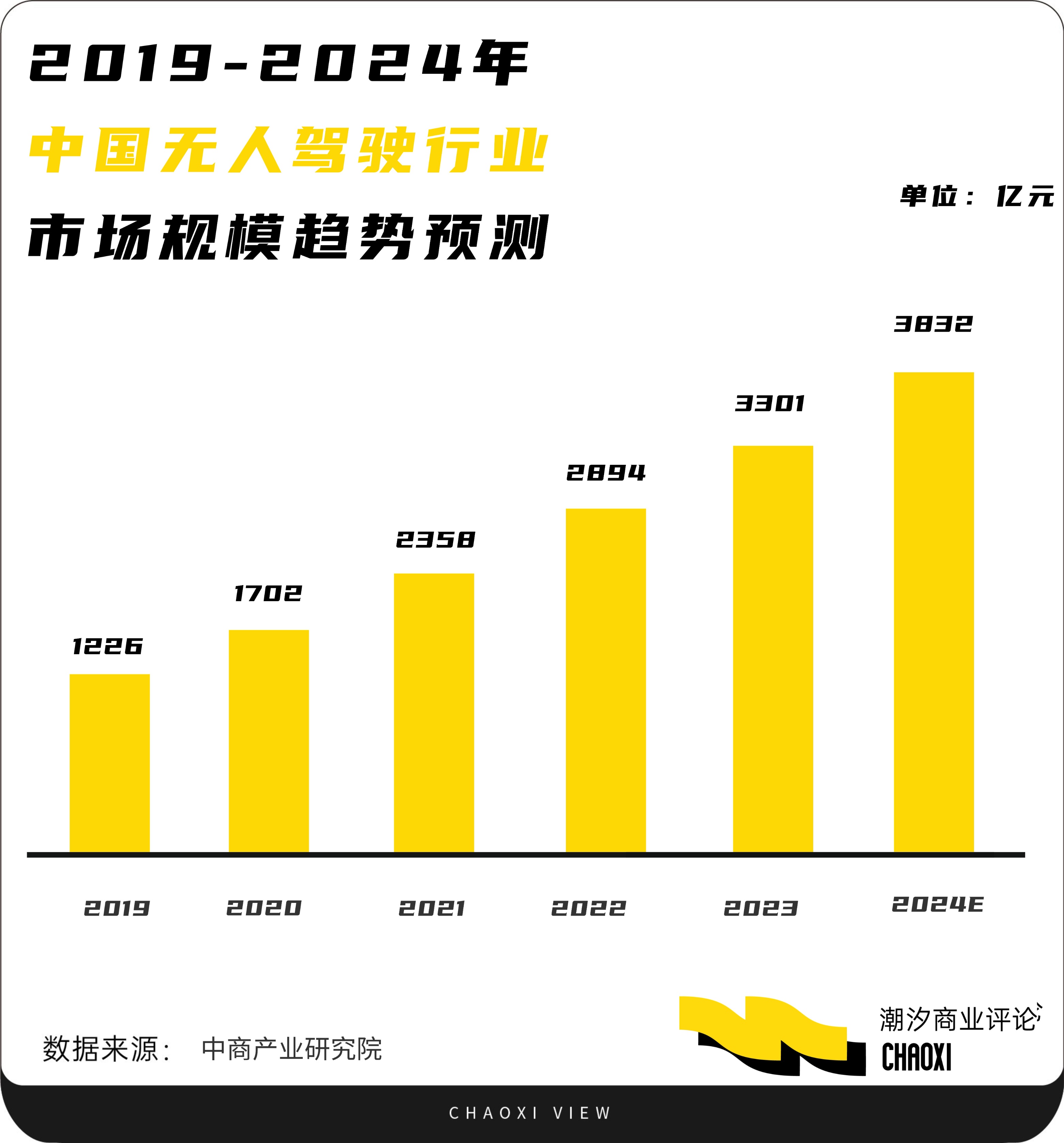
Although the industry dividend is continuously being released, it cannot be ignored that under this huge pie, intelligence is also divided into different capability stages.
It is understood that at the technical level, autonomous driving is primarily composed of 'perception layer, decision-making layer, execution layer', enabling vehicles to achieve intelligent recognition and intelligent driving through core elements such as lidar, high-precision maps, algorithms, and chips. According to the 'Classification of Driving Automation for On-Road Vehicles', driving automation can be divided into levels 0 to 5, with levels 0-2 being assisted driving, where the driver remains the main driver; and levels 3-5 being autonomous driving, where the system takes over the execution of dynamic driving tasks from humans under designed operating conditions.
The interactive relationship between humans and vehicles differs at each level: Level 0 is emergency assistance, fully controlled by the human driver; Levels 1 and 2 are driving assistance, requiring the driver to have full control of the vehicle; Levels 3 to 5 are autonomous driving under different conditions.
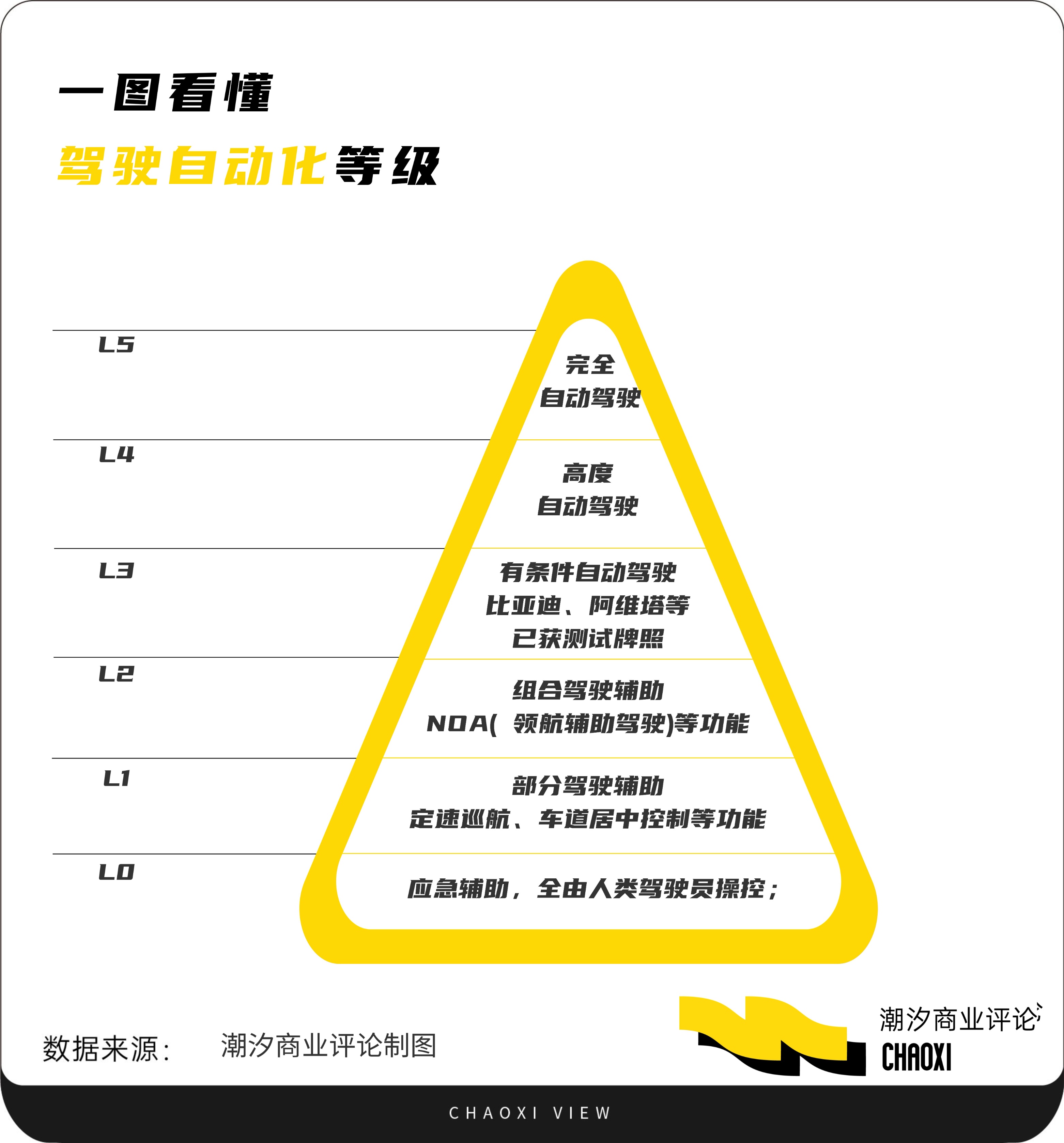
It is not difficult to understand that the biggest difference between L2 and L3 lies not only in technology but also in the subject of responsibility. Whether it's highway NOA, urban NOA, mapless NOA, or end-to-end, parking spot to parking spot, these technologies are still L2-level assisted driving, and the driver still needs to be ready to take over at all times and be responsible for the vehicle's behavior. In fact, the assisted driving systems currently equipped in mainstream domestically produced vehicles are indeed mostly still at levels 0-2, that is, the 'human-machine co-driving' assistance mode.
However, under the condition of continuous technological innovation and breakthroughs, some car companies have gradually taken the level of intelligence as the main selling point of their products, with autonomous driving being an unavoidable gimmick. Manufacturers are like 'immortals fighting', with traditional car companies being relatively conservative and focusing on steady progress, while internet and technology cross-border players are more willing to directly aim their research and development and promotion at L3 and above, even L5 technology.
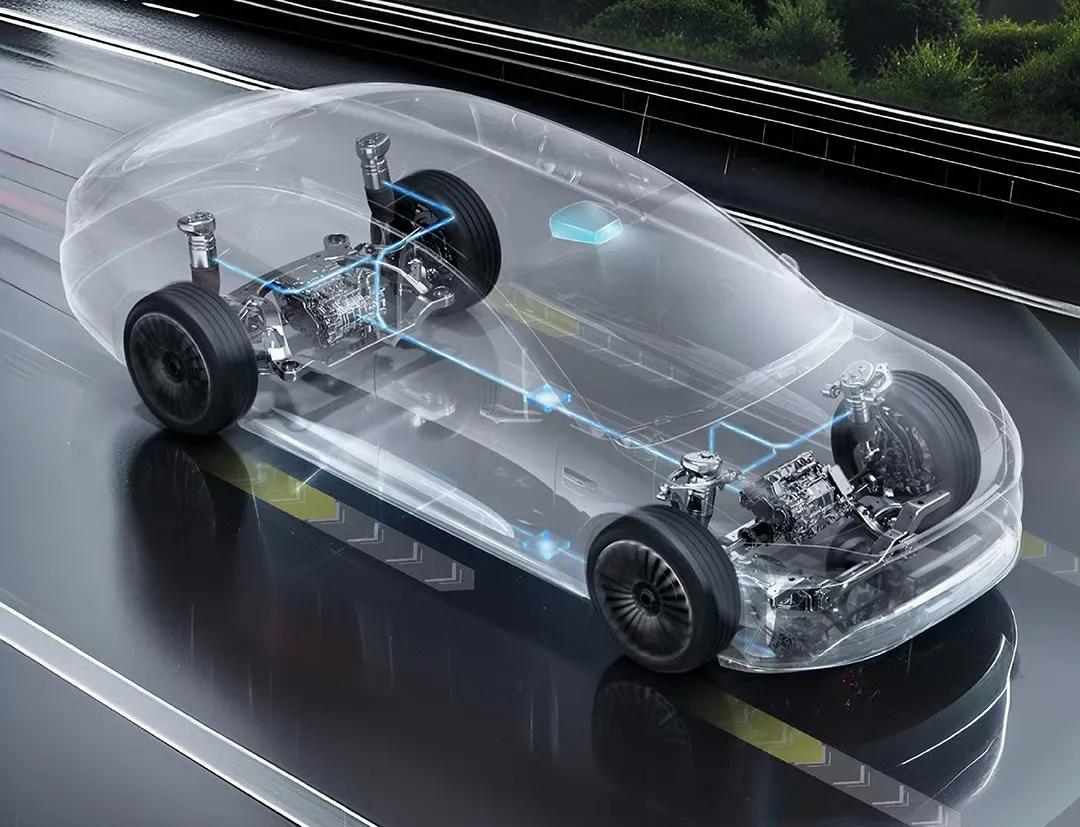
But compared to technological maturity and the popularization of driver knowledge, marketing has been the first to break out.
Companies with intelligent driving technology have continuously shaped consumers' perceptions of autonomous driving technology in launches, vehicle evaluations, and official marketing in recent years through various communication means (such as live streaming, short videos, self-media evaluations, etc.), sparing no effort.
Among them, there are also CEOs and founders of some car companies leading live streams on intelligent driving and bluntly stating, 'You can directly sleep while driving this car', or live streaming the action of 'letting go of the steering wheel' while being interviewed by reporters, even though it has not yet been legally realized.
Obviously, in a market with accelerating intelligent transformation and intensifying competition, car companies seem to have not considered consumers' understanding deviations and knowledge levels regarding different driving levels too much, but have focused more on how their vehicles and products are superior to others. For example, from various 'XX kilometers with 0 takeovers' to 'L2.999999-level intelligent driving capabilities', the status quo has formed where car companies, except for being responsible, have everything else prematurely entering the L3 era.
With the continuous promotion and 'education' of car companies, consumers' interest in intelligent driving has become increasingly strong. According to McKinsey's '2024 China Automotive Consumer Insights' data, the number of people who believe that autonomous driving features are important and are willing to pay for them has increased significantly, with up to 76% of users believing that 'highway NOA' is necessary, up to 64% believing that 'urban NOA' is necessary, and up to 77% believing that 'automatic parking' is necessary.
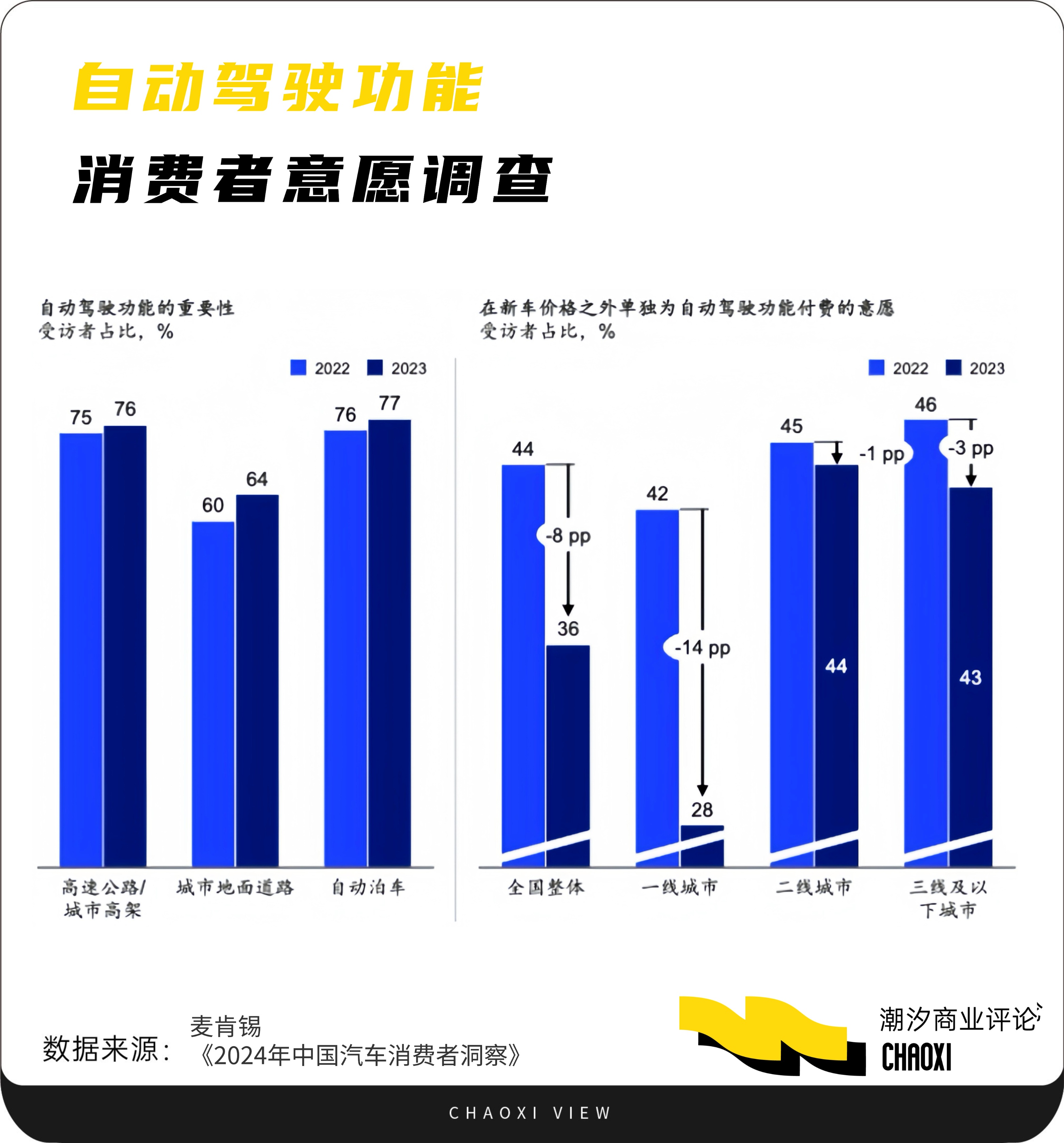
It is precisely in this environment that users often overlook the fundamental understanding of technological differences and even put interest above safety, leading to news of some people losing control while driving.
From the perspective of car companies, the increase in users' dependence on intelligent driving is undoubtedly good news for car sales. From a personal perspective, being careless about safety can also easily lead to some very unexpected results.
Under the wave of 'intelligent driving equality' in 2025, both car companies and users have inevitably fallen into the gentle trap of intelligent driving mania. At this time, it is only natural for the regulatory level to intervene.
03 Intelligent Driving is Not a Gentle Trap, and 'Safety' Will Become the Greatest Common Denominator in the Future
But intelligent driving still needs to develop, and autonomous driving is also an important scenario innovation for future new energy vehicles. As Jack Ma recently said, 'We are not pursuing making machines like humans, but making machines understand humans, think like humans, and do things that humans cannot do.'
Admittedly, we need intelligent driving, but at the same time, we also need to re-examine the relationship between humans and intelligent driving. 1+1>2 is naturally the most significant new variable in the future, with humans and machines interacting together, and every vehicle on the road having a safe belonging.
This first requires users to have a new understanding of intelligent driving, at least at this stage.
'Universal intelligent driving is not universal autonomous driving.' Ouyang Minggao, vice chairman of the China Electric Vehicle Hundred Person Council and academician of the Chinese Academy of Sciences, has long made such a voice. This means that we must not only not treat safety as a joke but also maintain respect for technology when driving vehicles with advanced intelligent driving.
Car manufacturers naturally still need to work harder.
If the developed cars only support adaptive cruise control and lane keeping and are also defined as intelligent driving versions, it is undoubtedly disrespectful and perfunctory to users. The 'marketing feast' of car companies should not make consumers pay the bill.
What manufacturers can still do is to use technology to shackle vehicles with safety in the era of intelligent driving equality.
Chen Qi, chief intelligent driving scientist of Geely Holding Group and vice president of Zeekr Technology Group, once pointed out that for intelligent driving above the L3 level, the incremental redundancy composed of lidar and other sensors to achieve multimodal omnidirectional coverage is 'very necessary'.
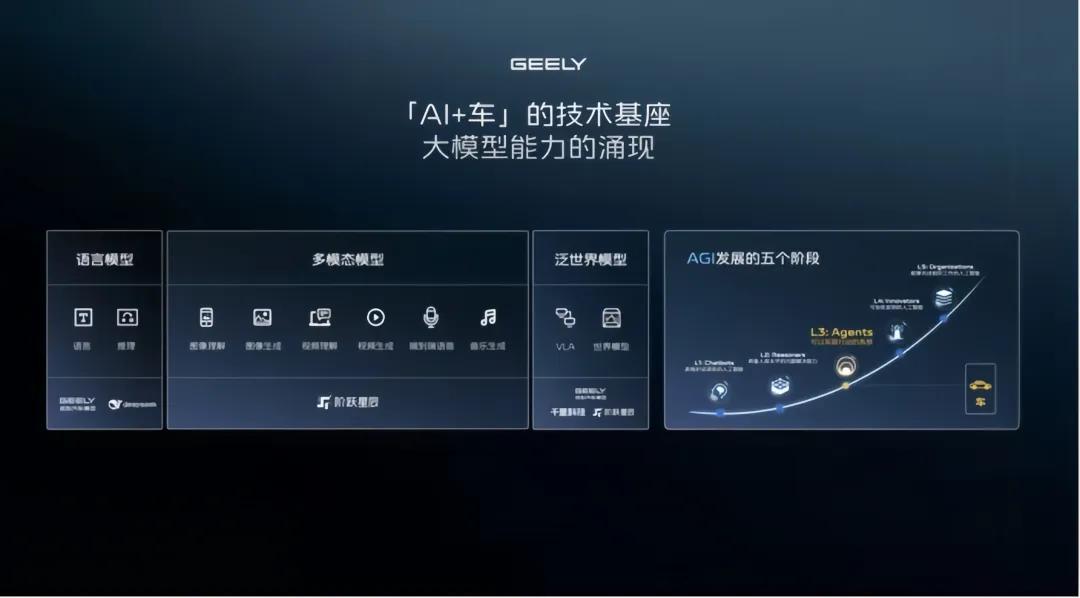
'In addition to algorithms, more should be done to break through synergistically with other systems of the vehicle from a systematic perspective. Each link is a key cornerstone for climbing the L3 peak.'
By leveraging AI to gather more precise data on users, vehicles, roads, and surrounding environments, and to make informed decisions on emergency handling in intelligent driving systems, cabins, chassis, and applications, we can significantly enhance the safety of autonomous driving.
This crucial task, however, falls to the automakers who have previously overhyped intelligent driving.
Almost all automakers must now revise their promotional language and material information related to intelligent driving. Perhaps the temporary pause in the rollout of intelligent driving technologies is not all bad. Future advancements in this field must refrain from using customers as guinea pigs. As intelligent driving becomes an unstoppable trend, automakers and consumers should adopt a rational approach, striking the optimal balance between safety and user experience.
'High technology should not only aim for the stars and oceans but also prioritize the warmth and comfort of everyday life.' This development trajectory for intelligent driving aligns with the needs of general consumers and truly embodies the romance of technology within a commercial civilization.
Business, after all, operates in this manner.




